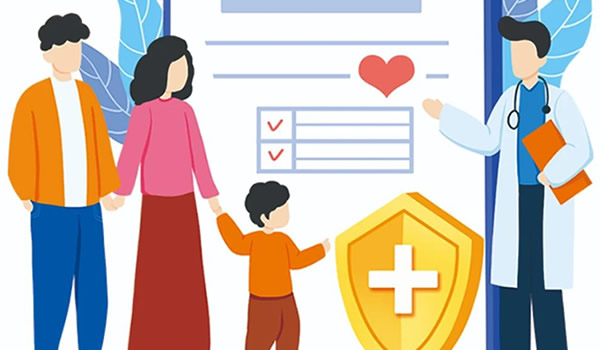Summary: Understand the significance of strokes, their comprehensive treatment approaches, and preventative measures, specifically in an Asian context. Discover how lifestyle changes, understanding key facts, and staying updated about the latest research can enhance overall health.
Introduction
Strokes are a major cause of death and disability globally, including Asia. An understanding of stroke treatments and preventative measures can help individuals reduce their risk and improve health outcomes if a stroke does occur.

Subheading 1: What are Strokes?
A stroke occurs when the blood supply to part of your brain is interrupted, depriving brain tissue of oxygen and nutrients. Within minutes, brain cells begin to die, leading to potential permanent damage.
Subheading 2: Stroke Treatment Approaches
Stroke treatment focuses on restoring blood flow to the brain, minimizing brain damage, and reducing complications. Treatment approaches may include medications to break down clots, surgery to repair brain damage, or ongoing rehabilitation therapies to aid recovery.
Subheading 3: Lifestyle Risks and Public Perception
High blood pressure, smoking, obesity, diabetes, and sedentary lifestyle are key stroke risk factors. Public awareness of these risks is crucial but often limited, leading to underestimation of stroke risk and insufficient prevention measures in many Asian countries.
Subheading 4: Clinical Research and Prevention
Research shows that up to 80% of strokes can be prevented through lifestyle changes and regular health check-ups. Preventative measures include maintaining a healthy diet, regular physical activity, moderating alcohol consumption, and quitting smoking.
Subheading 5: Key Takeaways
Strokes are a significant health risk, but the right treatment and preventative measures can drastically reduce the risk and improve outcomes. Pursuing a healthy lifestyle, knowing potential risk factors, and staying informed about the latest research are vital elements of stroke prevention.
FAQs
1. Can strokes be entirely prevented? While not all strokes can be prevented, a significant proportion can through lifestyle modifications and proper medical care.
2. Are younger people at risk of strokes? Although strokes are more common in older adults, they can occur at any age, including in younger individuals.
3. How quickly should I seek help if I suspect a stroke? A stroke is a medical emergency. Immediate medical attention can limit brain damage and potential complications.
Editor's Note
The information in this piece is essential for everyone, not just those at high risk of strokes. Understanding strokes, their risks, and prevention measure is a proactive step towards maintaining good health, enhancing your quality of life, and potentially saving lives. Your health is your greatest asset. Take care of it.
User Comments
Jack J.: gave me clarity on something my doctor mentioned.
Nelson, Benjamin: I appreciate how the risks and treatments are clearly laid out.
Roberts, Amelia: Finally found something reliable on this topic. Thank you!